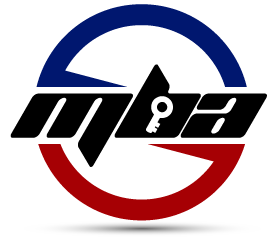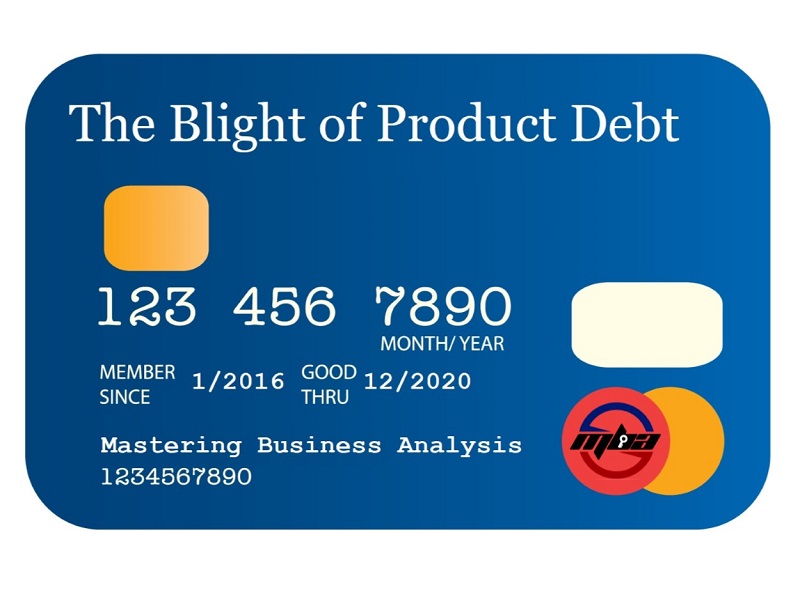In this episode, you’ll discover what Product Debt is and the impact it can have on your product and your organization. You’ll also find out how to address Product Debt and ensure you are delivering valuable solutions quickly.
Show Notes
Debt is what you owe because you borrowed from tomorrow for something today. This debt needs to be repaid, often with interest.
Product debt is similar to financial debt. You’re racking up debt related to the design and features of your product. If you don’t pay down this debt and the related interest, delivery will slow, you won’t maximize perceived customer value, and you’ll be unable to innovate.
The Three Types of Product Debt
There are three main types of product debt: feature bloat, low value features, and poor user experience.
Feature bloat occurs when we add more and more features. These new features add complexity to our product and make it more difficult and more expensive to maintain.
A related type of product debt is adding low value features. If we focus on implementing features instead of solving a real and valuable customer problem, we’ll add low value features.
These two types of product debt are a drag on organizations. In 2014, The Standish Group performed an analysis of feature and function usage. They determined that 50% of features are hardly ever used. An additional 30% are infrequently used.
Think of the time and money wasted on creating all of those infrequently or hardly ever used features.
The third type of product debt is a bad user experience. This occurs when we create solutions in silos or rush to get new features out the door.
The result is a product without a cohesive experience. Because the experience of each features is different of too many items are added to a tab or new page, it’s difficult for customers to learn and use.
“Product Debt comes from making rush decisions. It comes from lazy product thinking and design. It comes from the hope that adding just one more feature will solve all of your problems. It comes from wanting to push features as quickly as possible.” – Ben Yoskovitz
What to Do About Product Debt
To address feature bloat, we need to focus on solving problems, not implementing features. We also need to ensure that there’s a good problem/solution fit and good product/market fit. Do your features align to your product and organizational goals and vision?
Remember that each line of code we write is another line of code we need to maintain. Be relentless in keeping everything simple and writing as few lines of code as possible.
If you want to address low value features, ensure you have a meaningful product vision in place and a goal-oriented roadmap. Those will keep the team focused on delivering functionality aligned to the product and organization.
You can also use Hypothesis Driven Development, define success metrics, and test often to ensure your feature solves the right problem and achieves the right outcomes.
To address debt related to your customer experience, ensure you perform usability testing. How quickly and easily can users achieve the goal that the feature was intended to support.
Prototyping and frequent workflow reviews with experienced user experience professionals will help you identify and reduce this type of debt.
Learn to Build
Common thinking is to build something, measure the results, and learn from those measurements before we build the next iteration. To do this, we often create a Minimum Viable Product (MVP) to ensure we’ve created something valuable.
The problem is that building an MVP is that it could take weeks or months. Building an MVP in this way means that you’re experimenting in one of the more expensive and time consuming ways possible.
Instead, let’s flip the build-measure-learn cycle.
Let’s first figure out what we need to learn; our assumptions and hypotheses that we need to validate or invalidate. Next, determine how we can measure that learning. Finally, build the simplest possible thing that can give you the needed measurements.
Instead of a Minimum Viable Product, build a Minimum Viable Prototype. We want to learn and adapt as quickly and cheaply as possible.
Pay it Down
To reduce product debt, you’ll need to dedicate time to identify and pay down existing debt. You’ll also need to ensure that you’re not adding more product debt.
By working to reduce the complexity of new features, asking ‘why’, and testing early and often, you can help your organization regain speed of delivery, boost customer value, and innovate.
Listen to the full episode to understand the root cause of these types of product debt, what to do about it, and discover when product debt is actually a good thing.
| Your Homework Before you start your next project, ask questions. Work to understand the problem that the feature or project is intended to solve, validate that it’s the right problem to solve, and experiment and prototype to ensure your team can deliver the most customer value as simply as possible. |
Links mentioned in this episode
- Link to my Global Scrum Gathering presentation deck



